by Mitch Hauschildt, MA, ATC, CSCS
I consistently refer to several texts when I teach that have really shaped how I view the human body and movement in general. Then, I watch my course attendees write feverishly to get down the name of the book and the authors in hopes that they will be able to find the text and soak up more information on the topic. So, rather than have people write things down every time I reference a book, I thought that I would put down my “Top 5 Must Reads” and where to find them, so everyone has an easy reference.
Keep in mind that this is certainly not an all encompassing list of high quality books and not the end all, be all by any means. I am far from the most educated or most well read people, but this is a list of books that I think are high quality, demonstrate a good understanding of the human body and make understanding the complex machine that we are as living beings fairly easy to comprehend. These are some of the highest quality texts that I have found have ultimately shaped my practice and understanding of dysfunction, corrective exercise, and painful issues.
If you have other texts that you feel strongly about, I encourage you to leave their names and authors in the comments section for everyone to see to expand our collective knowledge and give authors another platform to grow their audience.
These are listed in no particular order:
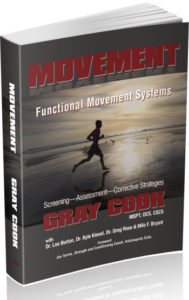 Movement
Movement
by Gray Cook with Lee Burton, Kyle Kiesel, Greg Rose, and Milo Bryant
Movement is a foundational text that everyone should have in their library. It is written by the developers of the Functional Movement Screen (FMS) and Selective Functional Movement Assessment (SFMA), both of which have become a standard in the areas of movement screening and assessment. Regardless of whether or not you use one of their tools, the concepts presented in this book will help you understand dysfunction and the basics of corrective exercise in a simple and straightforward manner.
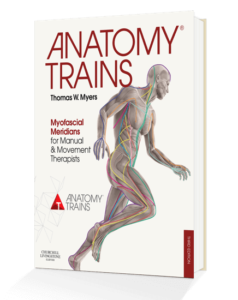 Anatomy Trains
Anatomy Trains
by Thomas Myers
In Anatomy Trains, Thomas Myers does a great job of presenting movement through the lens of fascial anatomy and myofascial meridians. While there are a lot of other fascial texts out there, Anatomy Trains is a fantastic foundational book to understand how fascia ultimately plays an important role in all movement.
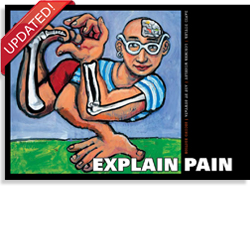 Explain Pain
Explain Pain
by David Butler and Lorimer Moseley
Explain Pain is a fantastic book for understanding the basics of pain science. Pain plays a huge role in movement dysfunction and we won’t help people move more efficiently if they are in pain. Because the book gives us a good glimpse into the brain and nervous system, we can also take a lot of the theories that they present on pain and apply it to our overall understanding of how we use the central nervous system to train movement quality.
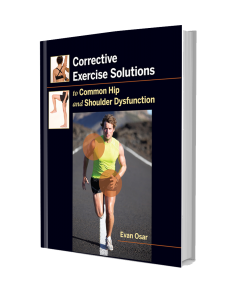 Corrective Exercise Solutions for Common Hip and Shoulder Dysfunction
Corrective Exercise Solutions for Common Hip and Shoulder Dysfunction
by Evan Osar
Evan Osar presents the basics as to why we are dysfunctional and what we can do about it. This book is simple to read and understand while discussing very complex issues that affect the human body. This should be another book that is on anyone’s bookshelf who works with the human body.
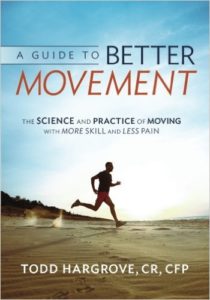 A Guide to Better Movement
A Guide to Better Movement
by Todd Hargrove
Todd Hargrove is a brilliant Feldenkrais practitioner. In his book, he does a fantastic job of presenting many of the principles of the Feldendrais method in a way that more traditional clinicians and fitness professionals can easily understand and digest. His corrective progressions are simple and effective.
Bonus Books to Consider!!
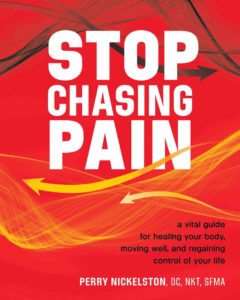 Stop Chasing Pain
Stop Chasing Pain
by Perry Nickelston
Stop Chasing Pain won’t officially be released until 2017, but I am confident that my good friend Perry has done a fantastic job of helping us all understand the brain and how we can all move better.
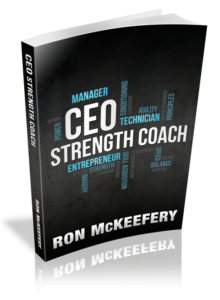 CEO Strength Coach
CEO Strength Coach
by Ron McKeefery
While this book isn’t necessarily focused on correcting movement, it is a foundational text for every young strength and conditioning coach. It presents concepts and strategies that I wish I had known as a young man in this field.


Thanks Mitch for suggestions on some good reads. Two in particular, Movement and Eva Osar’s book, look particularly interesting for my line of work.
Where can i get these books, i live in norway. Thx